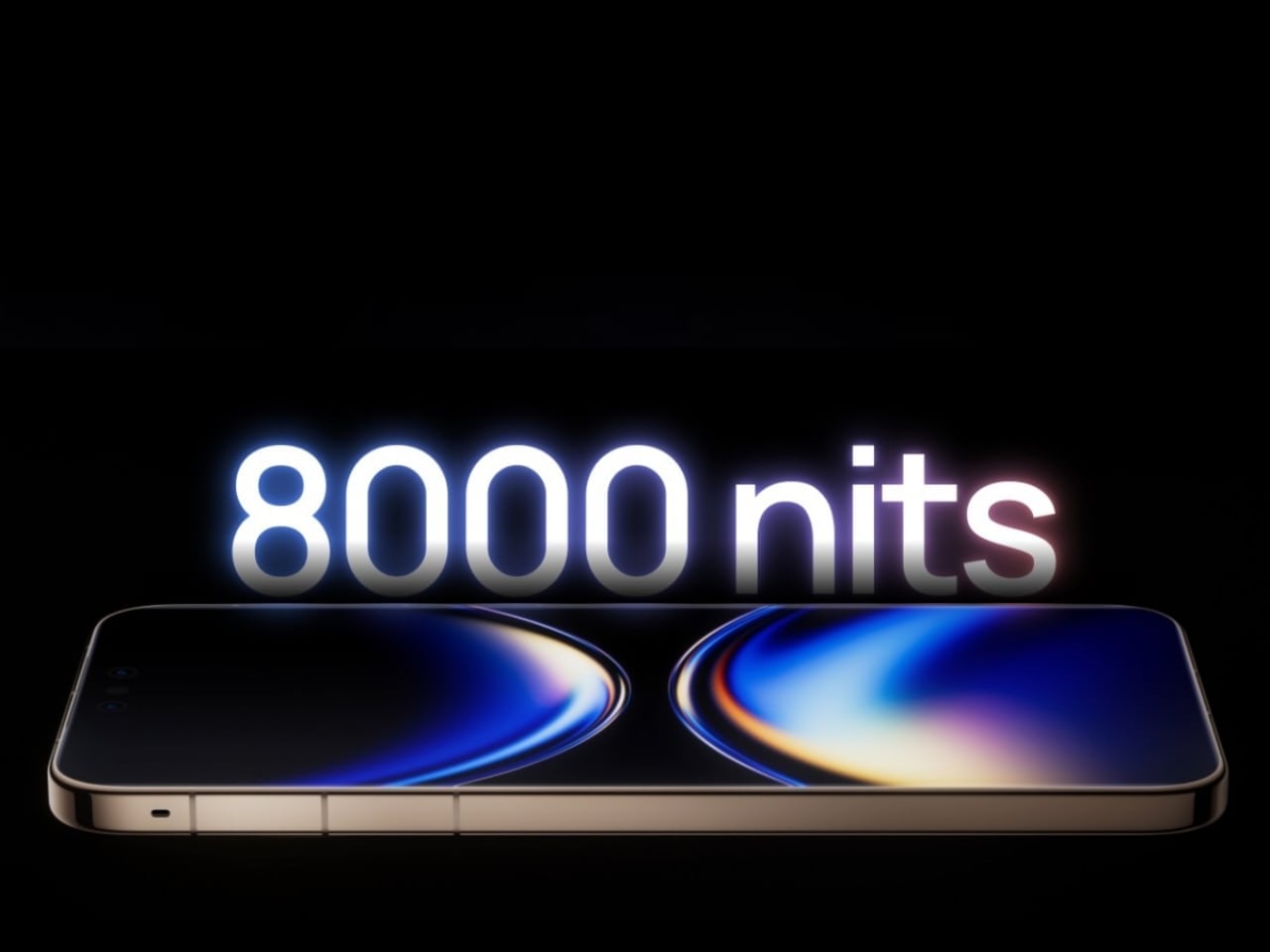
"The dual-layer OLED panel represents Huawei's answer to a fundamental physics problem. Traditional OLED displays push a single emissive layer harder to achieve brightness, generating excess heat and potentially shortening panel lifespan. Huawei's solution stacks two OLED layers, distributing thermal and electrical load across twice the surface area while hitting brightness numbers that single-layer panels cannot match. The engineering choice has profound visual consequences that extend far beyond the headline specification."
"HDR content transforms on a dual-layer panel. Highlights carry genuine intensity while shadows retain depth rather than washing out, creating an almost three-dimensional quality to images that photographers and videographers will immediately recognize. The smartphone has become our primary camera, editor, and viewing screen, and Huawei designed this display to serve all three roles simultaneously. Eye comfort gets attention too."
Smartphone specifications have escalated while user experience often stagnates. Huawei's Mate 80 Pro Max targets display quality as the phone's defining character by implementing a dual-layer OLED. The dual-layer approach distributes thermal and electrical load across two emissive surfaces, enabling much higher peak brightness without the heat and lifespan penalties of single-layer panels. Dual-layer HDR rendering preserves intense highlights while maintaining shadow depth, producing a near three-dimensional image quality. A 1440Hz PWM dimming rate removes invisible flicker at low brightness, reducing eye strain. The display design therefore serves camera capture, editing, and viewing roles simultaneously.
Read at Yanko Design - Modern Industrial Design News
Unable to calculate read time
Collection
[
|
...
]